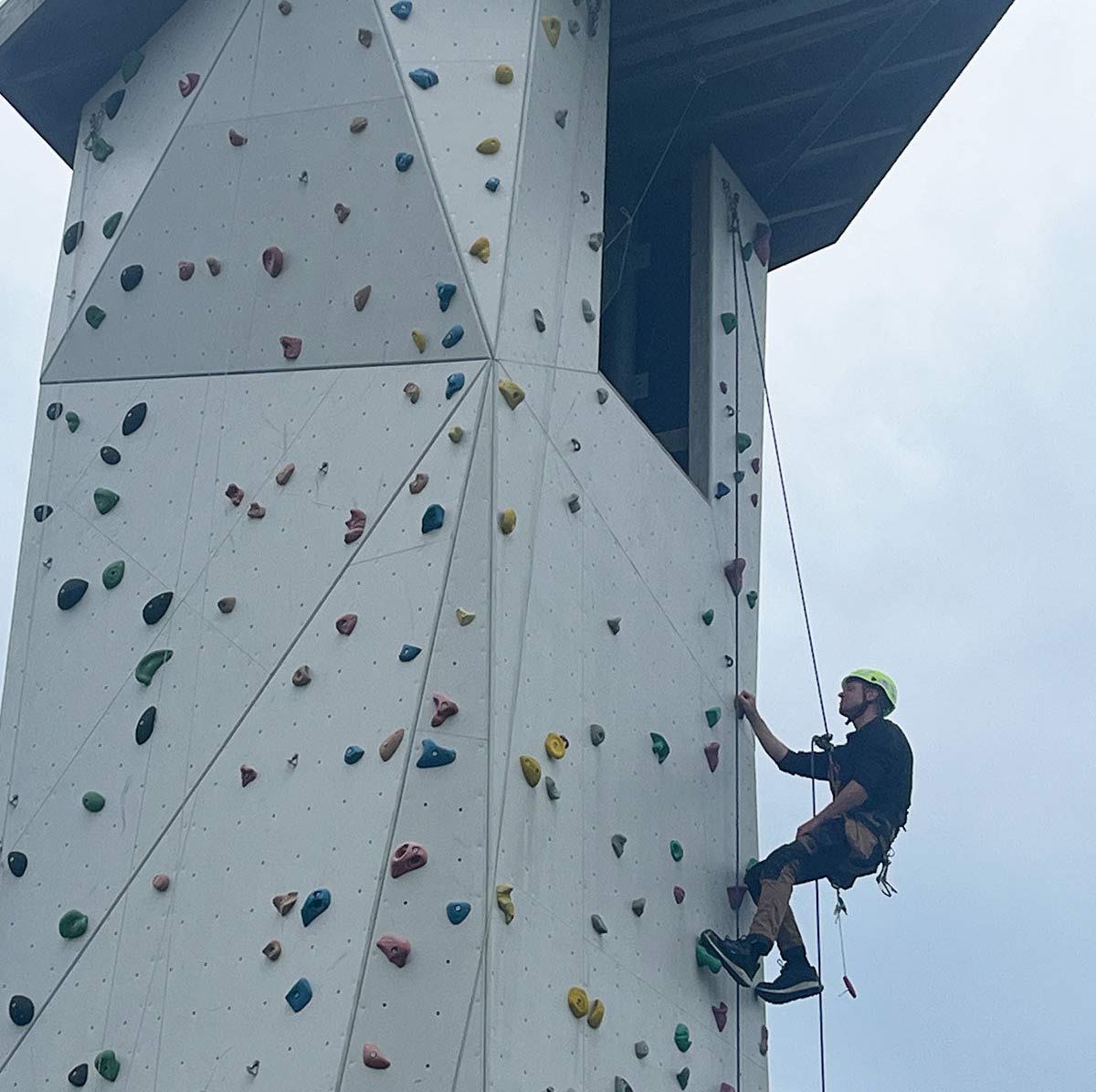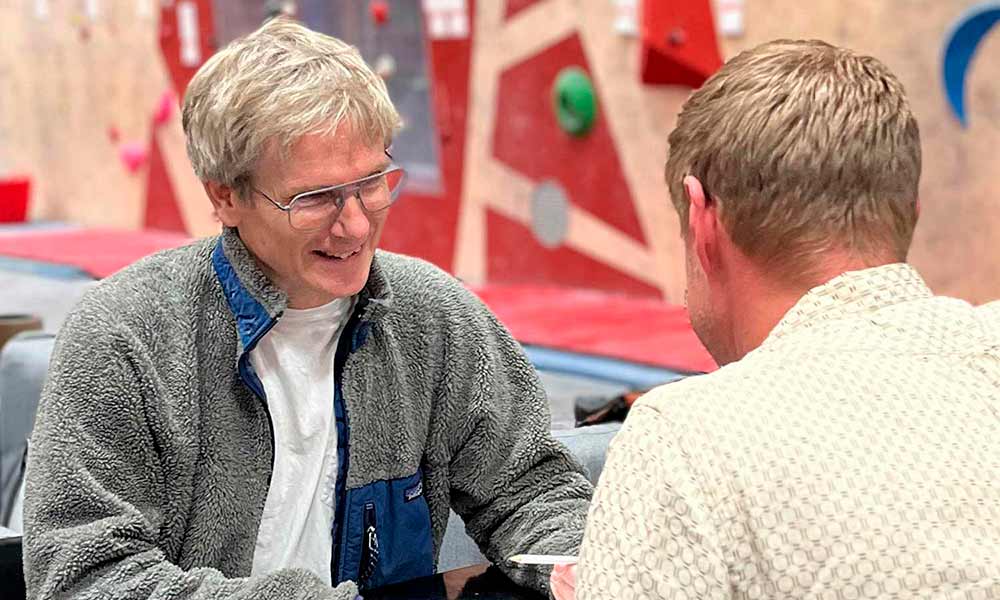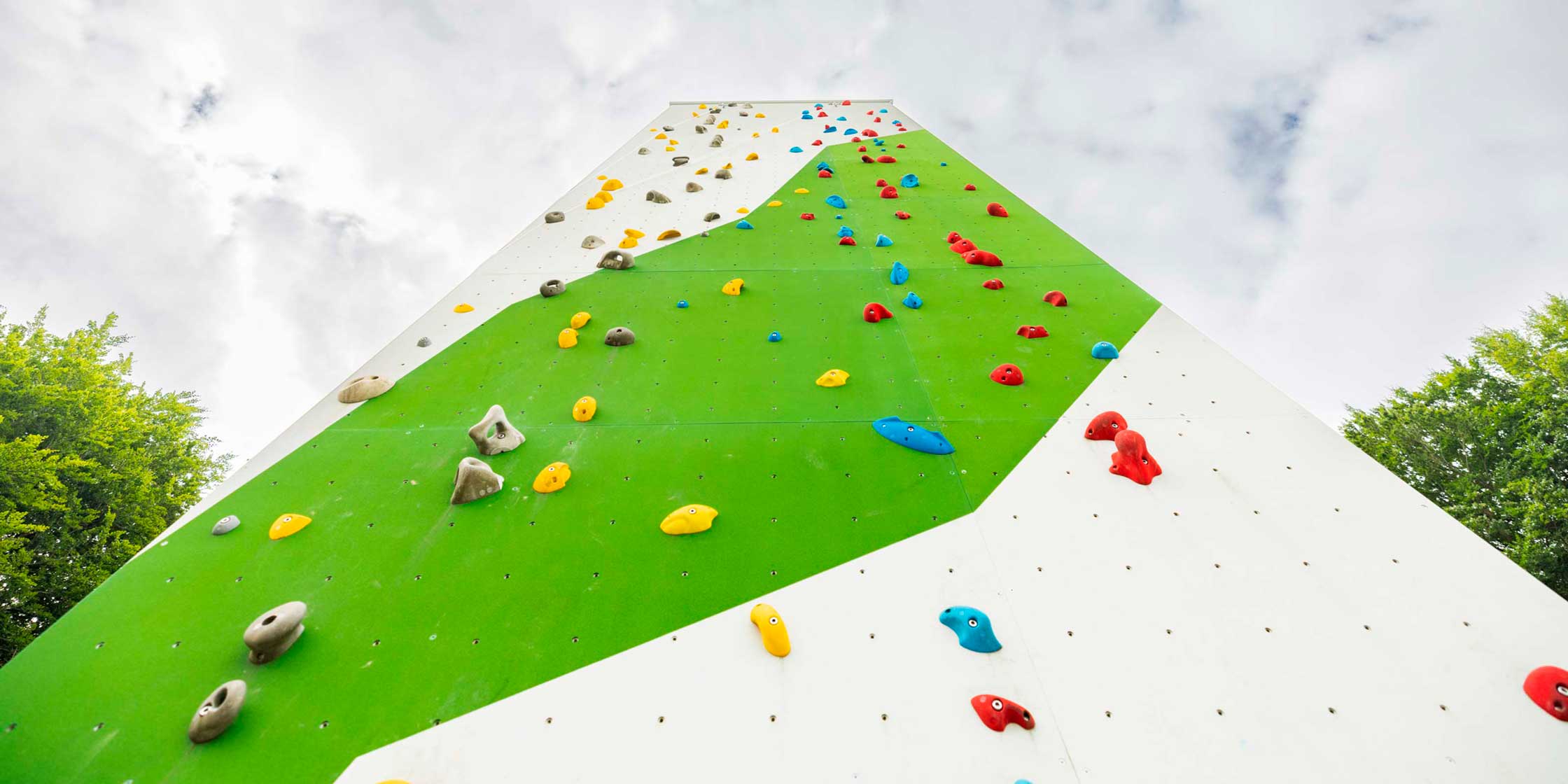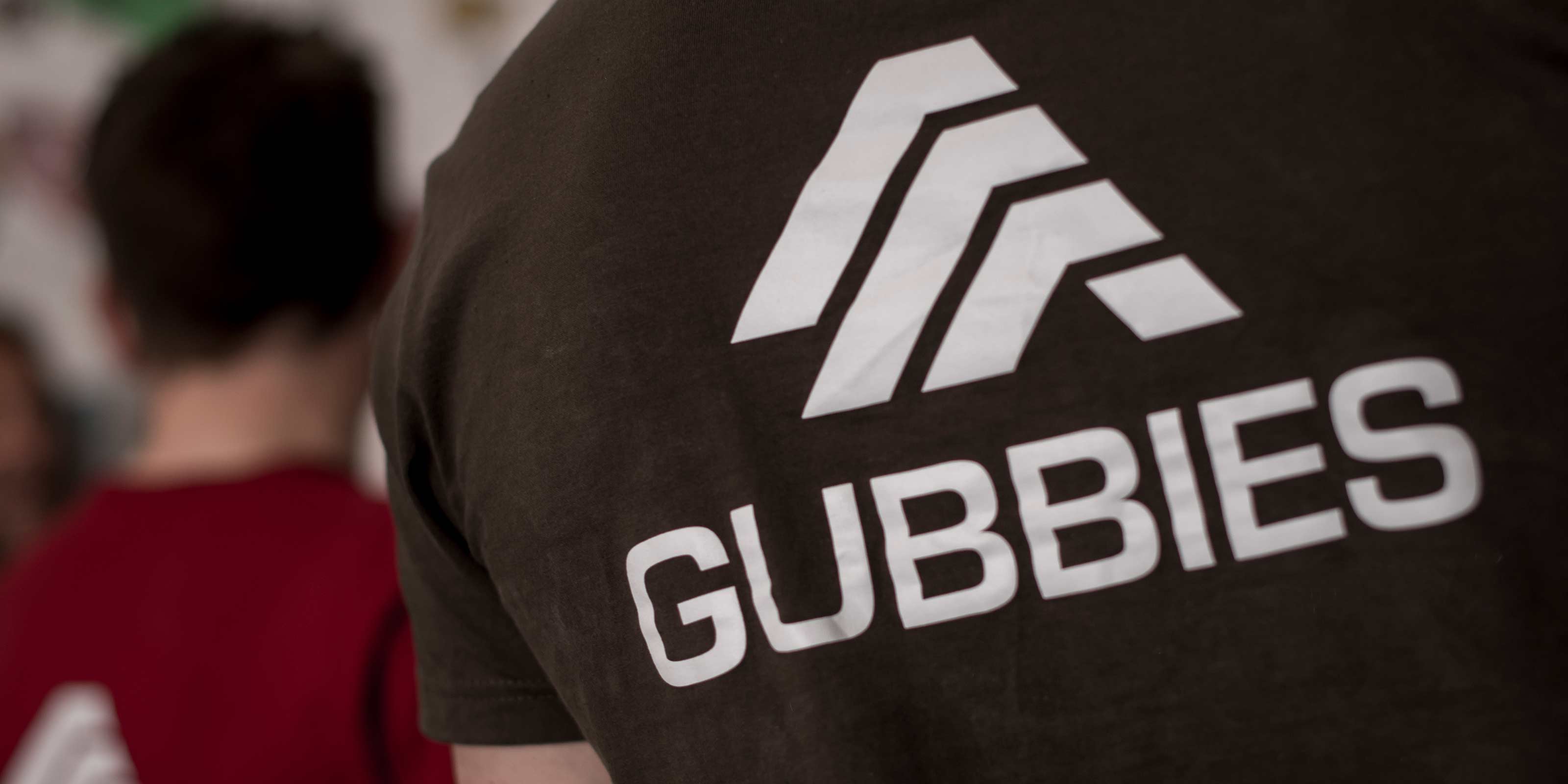FAQ ABOUT CLIMBING WALLS
Building a climbing facility at a school, an educational institution, in a climbing club or in a public space requires knowledge of a great many rules and standards. For example, what documentation should you require from your supplier and what are the requirements for fall protection and maintenance? We have collected the answers to the most important questions in this FAQ for climbing walls. If you cannot find the answer to your questions, do not hesitate to call or write to us.
What is the difference between a climbing wall and a boulder?
What are the requirements for fall surfaces in public places?
What is an Auto Belay?
What about fall surfaces and safety of climbing walls for children?
How do types of climbing holds differ?
Why can’t a regular gym mat be used for climbing facilities?
How do we comply with the Building Regulations when constructing a new climbing wall?
What standards must a climbing tower meet?
What standards must a climbing wall meet?
What standards must a boulder wall meet?
Which standards must climbing holds and the mounting of climbing holds comply with?
What standards do you perform safety inspections according to?
When should a tensile test be performed on a climbing wall?
What documentation requirements should I make to my climbing wall supplier?
You may also find our blog posts interesting
READ MORE

Guide to Operating and Inspecting Climbing Facilities
Regular inspections and maintenance are essential to ensure safety and prolong the life of climbing facilities. In this guide, we walk you through how to structure a solid maintenance plan for both...

Climbing as an investment in children's development
Climbing has long been an adult sport in Denmark, but we are already seeing how teenagers and young people are drawn to the sport because of its unique combination of physical and mental developmen...

The Climber's Posture - How to Fight the Known Stature
Understanding a climber's physique reveals the distinctive 'climber's posture'—a hunched back and forward head, shaped by overdeveloped lat muscles from constant pulling motions. Combatting this po...



